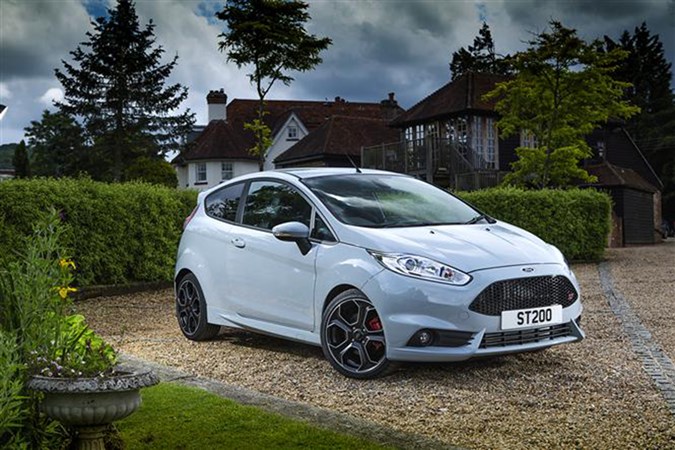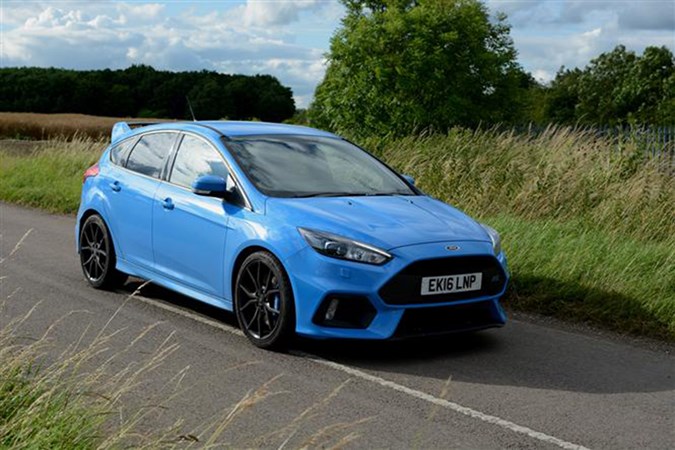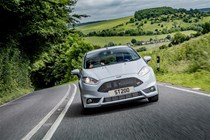There’s been an engine downsizing revolution in recent years, and everyone’s in on the act.
There are countless Volkswagen TSI engines (also found in SEAT and Skoda models and badged TFSI in Audis), while Vauxhall has Turbo and the likes of Kia and Hyundai have T-GDI units under the bonnet. Meanwhile, Peugeot and Citroen’s excellent PureTech engines are very impressive.
Ecoboost across the Ford range
Ford, meanwhile, has introduced its range of turbocharged EcoBoost engines across its huge line-up of cars, replacing higher-capacity engines with the aim of providing more power and greater efficiency.
EcoBoost engines vary in capacity, but generally, they’re smaller than older engines but manage to produce a similar power output (maybe even more) to an older, more polluting, higher capacity unit. For example, Ford says a 1.0-litre EcoBoost engine produces the same levels of performance as an older 1.6-litre, but with much greater efficiency benefits.
It achieves this by using turbocharging (learn more about that here) to be able to produce more power and torque than the equivalent naturally-aspirated engine. The engine doesn’t have to work quite as hard this way, meaning less fuel is used in the process.
Here’s a guide explaining all about the Ford EcoBoost engines.
Ford Fiesta EcoBoost

The Ford Fiesta – Britain’s best-selling car – is the smallest car in the Ford range available with an EcoBoost engine.
The engine available is a 1.0-litre three-cylinder unit available in either 100hp, 125hp or 140hp forms, all of which are an excellent fit in the fun supermini.
It’s a nippy yet frugal engine – you can read more about how it drives in our Ford Fiesta full review – and one that’s suited to zipping around town or overtaking on the motorway.
Ford Focus 1.0 EcoBoost and more

The same 1.0 EcoBoost can be found in the larger Ford Focus (not in 140hp form), but there’s a wider range of higher-output EcoBoosts available, too.
There’s a 1.5-litre EcoBoost with either 150hp or 182hp, while a 2.0-litre EcoBoost can be found in the 250hp Ford Focus ST. Topping up the range is a 2.3 EcoBoost nestled in the 350hp Ford Focus RS’s engine bay (above).
See how the EcoBoost Focus stacks up here
Ford Mustang EcoBoost
Yes, you really can get a Ford Mustang powered by an EcoBoost engine. Don’t worry, though, it’s not the same one you’ll find in the Fiesta.
What you’ll find under the Mustang’s bonnet is the same engine found in the Focus RS megahatch with 320hp. It’s the second most powerful EcoBoost engine you can get across the Ford range currently.
Are there any other EcoBoost cars?
It’s not just the most popular cars in Ford’s range that come with EcoBoost engines. You can choose the B-Max, C-Max, S-Max and Galaxy people carriers with a range of EcoBoost powerplants, while the evergreen Mondeo family car, EcoSport and Kuga crossovers are also available with the turbocharged petrol engines.
Should I buy an EcoBoost Ford?

There’s a reason Fords are popular cars anyway – on the whole they’re well-priced, enjoyable to drive and cost-effective to run. You’ll also have to try really hard to not find a dealer close by.
The EcoBoost engines have given the petrol range a new lease of life since they were introduced, especially as the appeal of diesel begins to decrease.
What are the alternatives?
If one of Ford’s petrol engines does not tempt you, of course there are alternatives. A handful are listed below:
Ford Fiesta alternatives
- Vauxhall Corsa Turbo
- Volkswagen Polo TSI
- SEAT Ibiza TSI
- Skoda Fabia TSI
- Kia Rio T-GDI
- Citroen C3 PureTech
- Peugeot 208 PureTech
- Renault Clio TCe
- Suzuki Swift Boosterjet
Ford Focus alternatives
- Vauxhall Astra Turbo
- Volkswagen Golf TSI
- SEAT Leon TSI
- Peugeot 308 PureTech
- Hyundai i30 T-GDI
- Renault Megane TCe
What to read next:
The best cheap electric cars
The best small, economical 4x4s
Looking for a fast car that’s also economical?
Cheap convertible cars
Buy a luxury car for less than £10,000









